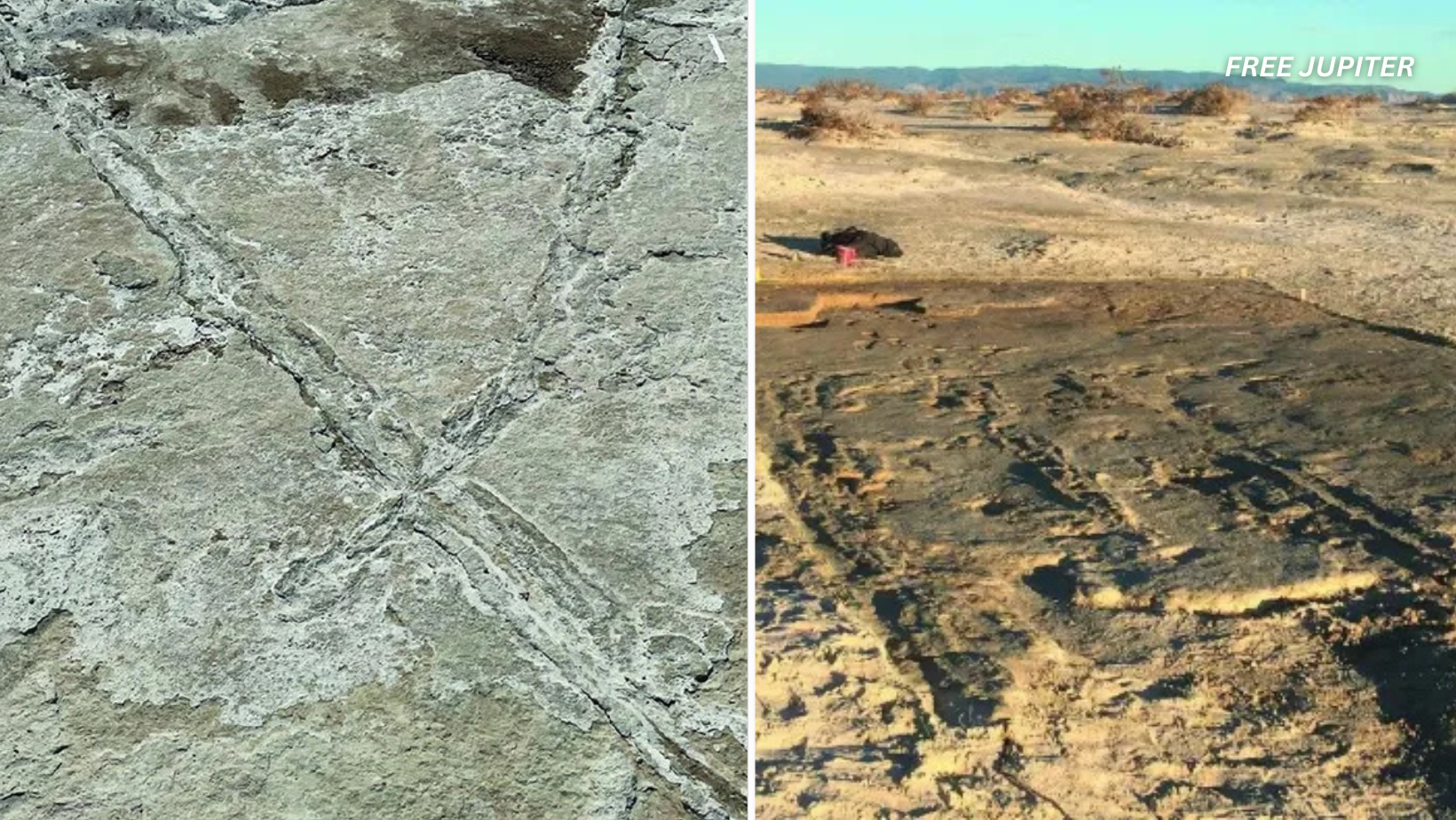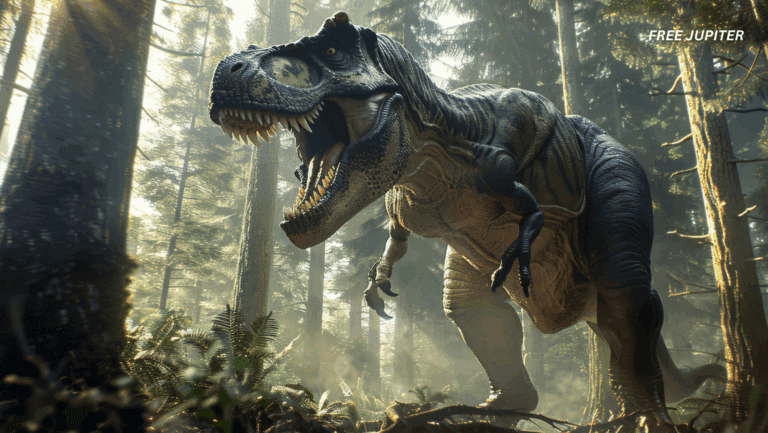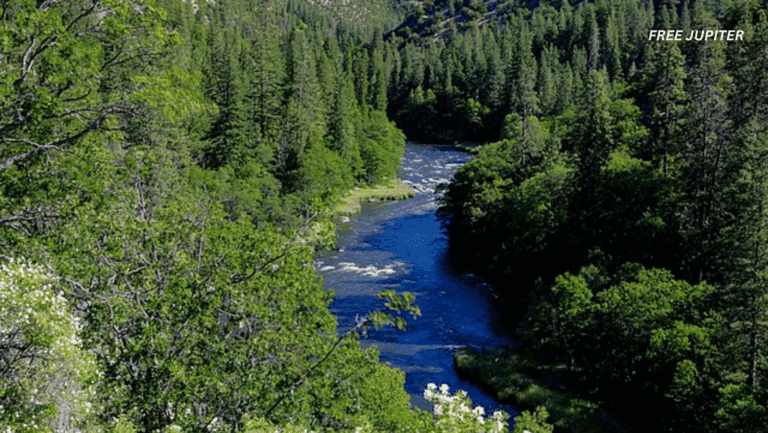Under the baked surface of White Sands National Park in New Mexico, there existed an extraordinary gateway to a past long gone-one that defied long-standing guesses regarding early humanity’s innovation and migration. Amidst the muddy flats of what was once an ancient lake bed, there exists here faint, but unmistakable, grooves and footprints, left nearly 22,000 years ago. These are not just any marks; they are the oldest known evidence of a human-invented system for dragging commodities over the ground, before the wheel was invented by thousands of years.
Consider the era when the vast expanse of North America was shrouded in ice and enigma, where life hung in the balance based on resourcefulness and resilience. Amidst this unforgiving terrain, early human beings fashioned a humble yet effective device-a sled-like contraption known as a travois-to carry meat, provisions, and other necessities. This finding not only sheds light on the functional existence of our forebears but also encourages us to reimagine the chronology of human existence and technological innovation on the continent.
Far from the crowded cities and asphalt roads of today, these ancient drag marks tell tales of perseverance, family collaboration, and the eternal human drive to invent. As scientists painstakingly reconstruct this ancient puzzle, they uncover a story that is as much about migration and movement as it is about the subtle traces left behind-traces that have weathered the vagaries of time to tell us who we were, and maybe suggest who we may become.
A Primitive Hauling System Preserved in Time
The dim but recognizable traces, documented in a recent study for Quaternary Science Advances, were made by a device called a travois. Unlike the wheeled transportation devices that followed, the simple device was composed of two wooden poles tied together on one end to create a V-shaped element that pulled behind the user. The open end was used to carry things like animal hides, tools, or sustenance, and the user held onto the front ends to drag the load across the terrain.
“Picture a sled built for economy, not for speed,” says lead researcher Matthew Bennett of Bournemouth University. “These imprints reveal the way early occupants made the best of their moves over difficult landscapes long before there was a wheel.” The usability of the travois is illustrated by its modern use among Native North American tribes, though recorded only in recent centuries previously.
Read more: Tragic Fall From Cliff Face in Utah Claims Lives of Two Florida Hikers
Decoding the Tracks: A Trio of Clues
The White Sands location, which was previously the shoreline of Paleolake Otero, has been a paleontologist’s paradise for centuries. In addition to mammoth and giant sloth tracks, scientists found three different types of linear impressions:
Deep, narrow grooves (Type I), probably from single-pole drags.
Broad, shallow channels (Type II), indicating repeated use along the same routes.
Parallel dual grooves (Type III), consistent with the construction of a two-pole travois.
Type III trails, commonly accompanied by human footprints, offered the most definitive proof. Measuring between grooves and from the surface to the bottom of grooves excluded natural factors such as moving water or animal travel. Experimental reproductions with replica travois proved that tugging the tool over wet sediment leaves almost exactly the same imprint.
Footprints of Family Life
Interestingly, the travois tracks cross over very often with footprints of all sizes. The adults’ prints are seen close to the grooves, and smaller footprints-probably of children-gather behind or alongside them. The pattern suggests a social effort, where families moved around the lake’s edge collectively, carrying resources or moving camp.
“It’s a snapshot of everyday life,” Bennett says. “Adults did the labor, while children tagged along, maybe helping out with lighter loads or just hanging close.” The lack of animal tracks near the grooves indicates humans, not domesticated animals like dogs or horses, hauled these ancient vehicles.
Rewriting the Timeline of Human Migration
The implications of the discovery go beyond science. Radiocarbon dating of seeds and pollen embedded in the tracks puts them at around 22,000 years old-a period when huge ice sheets were believed to bar human entry into North America. Traditional accounts have humans arriving through the Bering Land Bridge about 15,000 years ago, but White Sands’ progressively older discoveries contradict this story.
“If folks were transporting heavy loads here 22,000 years ago, they must have gotten here even sooner,” Bennett reasons. “This is consistent with new genetic and archaeological findings hinting at multiple waves of migration, including possibly along the coast.”.
Read more: Someone Put A Shark Statue At The Bottom Of A Lake And It’s Seriously Freaking Divers Out
From Paleolake Shores to Modern Highways
The endurance of the travois as a means of transport testifies to its flexibility. The native people subsequently used it with dogs and, after European contact, horses. Yet the White Sands trails testify to its early development as a human-powered implement, one essential to survival in a low-resource world.
Bennett compares the system to contemporary logistics: “Just as we use carts for groceries, they moved essentials across vast distances. The travois was their delivery truck, their moving van.”
Unearthing the Past: Methods and Mysteries
Revealing these impressions needed a combination of conventional archaeology and advanced technology. The tracks were 3D-scanned to study the morphology of the grooves, while sediment cores offered environmental context. The researchers also worked with Indigenous advisers to understand the tracks’ cultural meaning, connecting ancient ways with ancestral knowledge.
In spite of these discoveries, questions remain. What was carried? Were the travois recycled or abandoned after one trip? Future research hopes to find microscopic plant or animal residues wedged in the grooves, possibly indicating the cargo itself.
Read more: Himalayan Fungus Discovery Boosts Cancer-Fighting Power by 40 Times, Scientists Say
Conclusion: Echoes of Innovation Etched in Ancient Sands
The travois traces exposed at White Sands National Park are more than just impressions in ancient mud-they are lasting reminders of human ingenuity and determination that extend beyond the passage of time. The grooves, cut by the simple process of pulling a wooden frame across an ancient landscape, provide deep insight into the ways in which early humans faced and defeated the challenges of their world. Years and years ago, long before the invention of wheels, engines, or roads, our ancestors exhibited an instinctual understanding of transportation and logistics, creating tools that allowed them to transport precious resources over long distances and often challenging landscapes.
This finding leads us to question the very essence of innovation. It reminds us that the motivation to fix problems and make everyday life better is not a recent innovation but a part of what makes us human, embedded in our past from its first pages. The travois was a prehistoric delivery system-a simple yet efficient system of transporting goods that set the stage for the complicated systems of exchange and travel that would one day develop thousands of years down the line.
Furthermore, these tracks represent a physical link to the inhabitants of these plains in the past, providing windows into their social structure and adaptation techniques. The children’s footprints and adult drag marks illustrate vividly communal work, collaboration, and potentially even the passing on of learning through generations. It is a reminder that all archaeological discoveries represent a human narrative-of families, travels, and ceaseless efforts at adaptation.
Lastly, the significance of this discovery radiates outward into larger arguments regarding human migration and the settlement of the Americas. By extending the record of human occupation on this continent, the White Sands travois tracks challenge conventional wisdom and create new paths for inquiry and discovery. They invite scientists and enthusiasts alike to rethink how, when, and why our ancestors came and flourished in varied environments.
Ultimately, these marks of old are more than they seem; they are whispers from long ago, reminding us of lessons in cunning and perseverance. As the sands keep shifting and uncover more, we are reminded that the tale of man is not only recorded in great monuments or artifacts but also in the faint, persistent marks left by those who went before us. Through these grooves and footprints, the past beckons, urging us to listen-and to be amazed by the eternal spark of human creativity.










